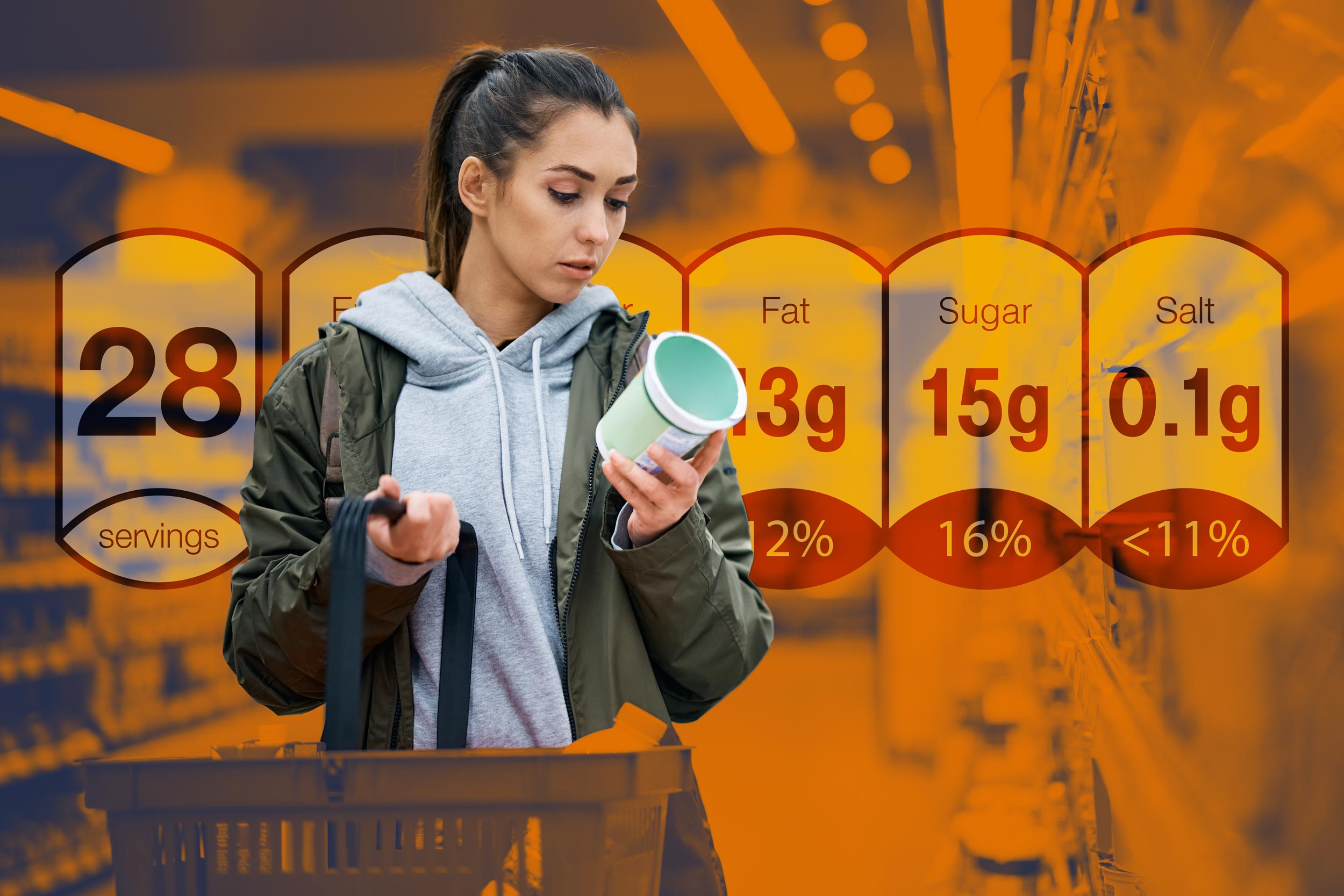
Earlier this month, the U.S. Food and Drug Administration proposed food companies use new, front-of-package labels highlighting the levels of fat, salt and added sugar in their products.
In issuing the proposed rule Jan. 14, the government agency noted, “The U.S. faces an ever-growing epidemic of preventable diet-related chronic diseases such as cardiovascular disease, diabetes and obesity. Improving nutrition offers one of the greatest opportunities for reducing these and other chronic illnesses and premature death.”
The FDA said putting labels on the fronts of packages help consumers “quickly and easily identify how foods can be part of a healthy diet.”
UVA Today spoke with Melanie Brede, a senior nutritionist at University of Virginia Student Health and Wellness, about the new recommendation, potential downsides and how to decode current, back-of-package labels for optimal health.
Fat, Salt and Sugar
“In general, saturated fat is associated with increasing what’s called the bad cholesterol or LDL, and that’s the one that we want to try to strategize as far as food choices,” she said. “So keeping saturated fat to the lower side is strategic.
“Sodium can be related to blood pressure and kidney health. So … higher levels may be more challenging for our bodies to manage,” Brede explained.
The nutritionist noted “added sugar” often refers to white sugar, but it could also be honey or concentrated fruit products. “I think that one is less clear in terms of label rules and people’s colloquial knowledge,” she said.
People with diabetes “are going to watch very closely, because they can literally measure the impact on their blood sugar levels. Outside of that, it’s not something, moment-to-moment, someone might have a frame of reference for,” Brede noted.
Challenges With the FDA Proposal
“What I see as one of the challenges with this proposal is that it’s emphasizing things to avoid, and humans tend to work better with ‘What do we do?’” she said.
So, instead of putting stop signs on fat, salt and added sugar, she suggests giving a green light to things like fiber, vitamins, minerals and protein.
“I’d say another challenge is that the foods that don’t have labels – say, bananas and chicken and things like that – you’re not getting this sort of information,” she pointed out.
